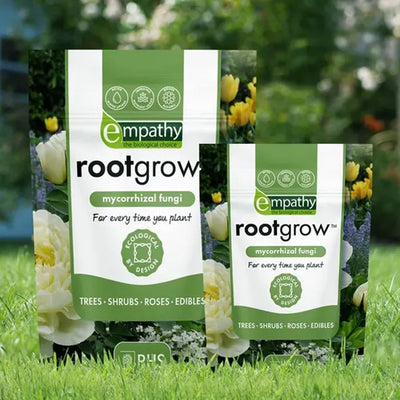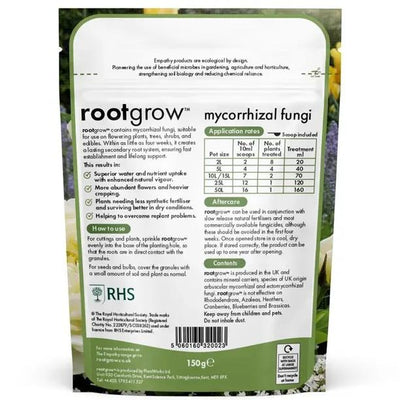Purging Buckthorn Hedge Plants
Common or Purging Buckthorn, Rhamnus cathartica, is a hardy, deciduous spiny native that can be used for country hedging. A large shrub or bushy small tree naturally, it has lush green leaves that clip well into a dense hedge. Purging Buckthorn is good for hedges up to about 6 metres high on any well-drained soil. Browse our other varieties of Buckthorn hedge plants. Alternatively, see our selection of native hedging plants or view our full range of hedging.
Rhamnus cathartica'sflowers are green and insignificant, so you won't really notice them, but they attract plenty of bees and butterflies. The abundant small berries are red as they ripen, turning black when they mature in the autumn, which looks good next to the leaves as they turn yellow.
Delivery season: Purging Buckthorn bare-root plants are delivered in winter and are only planted when they're dormant, from November to April. They can be pre-ordered in summer.
Features
- Size sold: 60-80cm.
- Hedge Height: Up to 6m.
- Soil: All well-drained types.
- Use: Native/country.
- Single Row: 3/m.
- Colour: Deciduous, yellow autumn leaves, red/black berries.
- Best for informal native country hedges.
Growing Purging Buckthorn
Purging Buckthorn will grow well in any moist but well-drained soil, including on shady sites, such as under large trees. It'll tolerate chalky soil and coastal sites well, but not waterlogged nor dry shade.
Make sure the planting area is weed-free and enrich soil with well-rotted manure or compost before planting. Keep plants well-watered until established. Trim once a year in winter until the hedge is mature.
Spacing a Purging Buckthorn hedge:
Plant at 3 plants per metre, 33cm apart.
You can also plant Purging Buckthorn at 6 plants per metre in a staggered double row, with 33cm between each plant along the row and 40cm between the rows.
Garden Design Ideas
Purging Buckthorn is a great addition to a mixed native hedge if you're looking to attract more wildlife into your garden. A typical country hedge also includes hawthorn, and the more plants you use, the better for the bugs and birds.
If you're looking for plants that ease the transition from a cultivated garden into the wild countryside beyond, this is an excellent choice. Its berries turn red before ripening to black, contrasting with the yellowing of the leaves before they fall.
For an informal yet secure barrier for your garden, Rhamnus cathartica is worth considering, with short shoots often ending in a spine. Add some blackthorn to beef up the thorny factor.
History & Trivia
The black berries are popular with birds in winter.
Native throughout Europe, south to Morocco and east as far as Kyrgystan.
Purging buckthorn gets its common name from its medicinal use in the past to encourage vomiting and diarrhoea. It is mildly poisonous, so it's probably better to leave this piece of traditional medicine in the past (for now...). However, birds love the berries, and it has no effect on them.
According to the famed astrologer-physician Nicholas Culpepper (1616-54), buckthorn was also known in the 17th Century as harts'-horn, Herba-stellaria, Sanguinarea, Herb-eve, Herb-ivy, Wort-cresses and Swine-cresses. Bruised leaves applied to a wound would stop it from bleeding and would cause warts 'to waste away in a short time'.
Other common names include French berry, rainberry or Rhineberry thorn and waythorn.
Features
-
Flowers & Bees: Purging Buckthorn and the related Alder Buckthorn are the only food sources for Common Brimstone butterflies (Gonepteryx rhamni).

 Secure, One-Tap Checkout
Secure, One-Tap Checkout
 Hand Picked, Delivered to Your Door!
Hand Picked, Delivered to Your Door! 1 Year Bareroot Guarantee
1 Year Bareroot Guarantee











